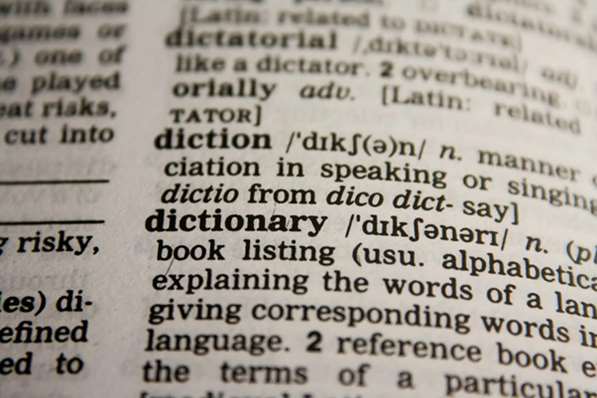
Whatever you are doing, what counts the most is the way you articulate yourself and how you sound to others.
When doing business, your partners and associates will inevitably notice if you happen to be more eloquent and better with words, not only while speaking but rather writing as well. And the most common mistakes made are the ones done while writing an email. Whether it is because people assume they know the basics or because everyone thinks emails are “informal” as opposed to legal documents and other paperwork, the mistakes repeat on and on again.
However, to send a better message and look more professional, you’ll have to write a clear and sound email, and you’ll do so by paying attention to the punctuation. That is why we’ll discuss this further and in more detail in the text below.Start with respect
If you happen to send the email to a client or business associate, it is common courtesy to start it with denoting respect to the individual. A simple “dear”, will do the trick, and therefore avoid using common connotations used in everyday language or starting with a simple “hi” as you are trying to sound more professional and make an impression. Emails starting in a more leisure manner are clearly sending a clear message, which in the case of business might not be the way you want to go. When addressing friends and relatives, a different method may be taken, but when addressing your university professor or customer, you must begin with a figurative bow or letters of respect.
Additionally, attempt to address the individual in a more official and professional manner by using phrases like “to Mrs/Mr/Ms, and Greetings” and other formal methods of greeting a client.
Instead of writing “send me the thing,” try “could you, or if it is within your capabilities,” which seems much more professional and conscious. Instead of using normal language to present the topic of concern, be more precise, although not direct, and write: “We would love to inform you.”
Proper grammar and punctuation
This cannot be emphasized enough as it is something implied without saying, yet again, we encounter a vast number of emails with quite a number of grammatical mistakes. This is understandable in the case of non-native speakers and maybe when the email has been written in a hurry.
However, in the case of business associates and clients, one should take the time to make it grammatically correct and to make sure the punctuation is on spot. You can always learn more on sites such as https://grammarhow.com/ and similar alike as they cover a vast number of versatile topics, regarding many different subjects, and somewhere in the pile of articles, you can find the one you truly need to enhance your knowledge. You can always go for apps such as Grammarly or Wordvice AI allowing you to correct potential mistakes when you make them using tools like AI paraphraser, proofreader, etc., or you can hire someone experienced and knowledgeable to do it..
Whatever the solution, implement it since grammatically incorrect emails seem and sound unprofessional. The most common mistakes people make are in regards to the misspelled words, using the passive voice, wrong capitalization, repetition of the same words, and of course punctuation mistakes and the improper usage of the Oxford comma or inappropriate marks. You should know when to use a question mark (when asking a genuine question) and when not.
Attach contact details
While the content itself should be on the spot and grammatically correct, you’ll need to attach your contact details to the email. This way you’ll allow your business client or associate to have first-hand details when they need to inform you of their decision, as sometimes the address from which you wrote and send the email is not the one you usually use. Yet, your clients and associate do not know that, and to prevent any mail from being sent to the wrong address, including the info while writing.

Final touches
Of course, although this should have been at the very top, we’ll additionally inform you to always write a subject title line before even starting the email. The email should always contain your awareness of your potential collaboration, and it should finish with some type of thanks, such as warmest wishes, truly, expecting to hear from you, and so on. In the end, the content is up to you; nevertheless, these finishing touches will make it more attractive to the customer and professional-looking.
Read it before sending it
Proofreading is the final but not least stage; in fact, it may be the most critical because mistakes might arise no matter how nicely you write the email. As a result, just in case, read it one more time before submitting it.
You’ll breeze through it without breaking a sweat, and you’ll also safeguard your business deal and convey a clear and understandable message if you follow these simple steps.




